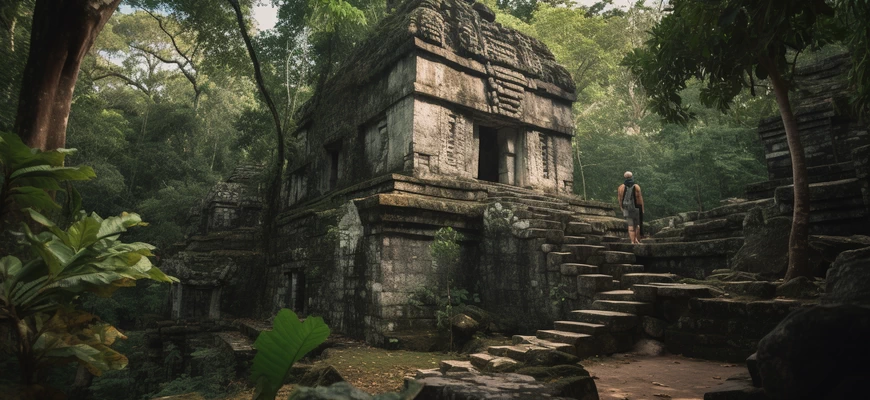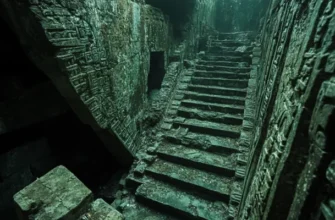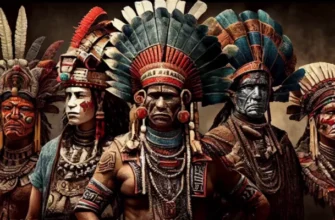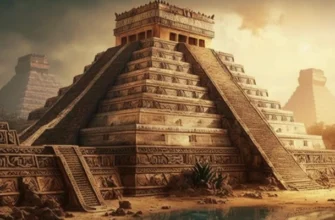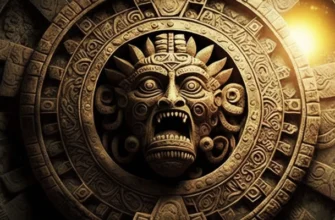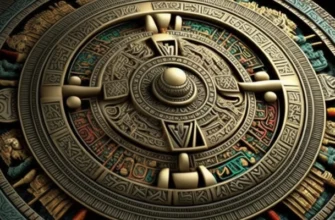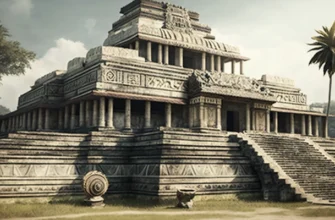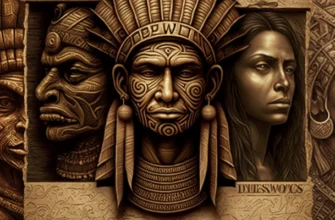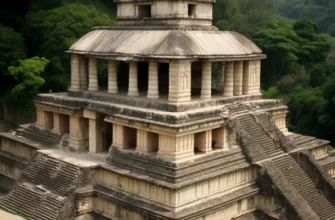The Maya is a great civilization that flourished in North America more than a thousand years ago. This article is dedicated to the study of the Maya – their history, culture, art, architecture, religion, and mathematics.
The Maya is one of the most mysterious and interesting cultures of Mesoamerica, which existed for about 3,000 years and disappeared in the 16th century. Despite the fact that the Maya disappeared more than 500 years ago, their research is still one of the most important in the world of archaeology.
The Maya lived in what is now Mexico, Guatemala, Belize, Honduras, and El Salvador. This culture had a complex hierarchy and developed its own calendar, writing system, built huge pyramids, and much more.
History of Mayan studies
The history of Maya studies began in 1839, when American explorer John Lloyd Stephens and British archaeologist Frederick Catwood were the first to notice Mayan ruins. Later, in 1881, Stephens and archaeologist Theodore Angel visited the ruins of Copan in Guatemala, where they found numerous monuments with inscriptions in the Mayan language. These inscriptions allowed the researchers to begin unraveling the Mayan script.
In the 20s and 30s of the 20th century, the American archaeologist Sylvanus Morley, led by a team of researchers, began to study the Mayan script. He discovered many new Mayan hieroglyphs and deciphered many texts in the Mayan language.
One of the most famous archaeologists to study the Maya was Thomas Gardiner. He spent most of his career in Honduras, where he excavated Mayan cities. Gardiner discovered many new structures, including large pyramids and other buildings, which gave researchers new information about Mayan life in the past.
In 1952, American archaeologist Ivan Thompson led an expedition to Belize, where he explored the city of Lamanai. Here, he discovered many new ruins and structures, including a large pyramid where he found many artifacts that provided important information about Mayan life.
In the 1970s and 80s of the 20th century, Mayan culture research received a new impetus through the use of satellite imagery and laser technology, which made it possible to carry out high-precision sensing. This allowed researchers to obtain new data on the territories where the Maya lived and understand how they were able to grow food on land with an unfavorable climate.
Current Maya research
Current Mayan research is aimed at uncovering even more information about this mysterious culture. Researchers are excavating ruins, studying artifacts, and researching the Mayan language and writing. They also use modern technologies, such as 3D scanning, to obtain more accurate information about structures and objects.
As a result of their research on Mayan culture, the researchers learned a lot about this culture, their customs and beliefs. They learned about the Mayan calendar, which was very precise and detailed, about their religious rituals and beliefs in gods, about their knowledge of mathematics, astronomy, and medicine.
The research also helped to solve the mystery of why the Mayan civilization disappeared. It is now known that the disappearance of the Maya was not due to a single cause, but was the result of a complex combination of factors, such as climate change, wars, changes in political power, and environmental problems.
Modern Maya research is aimed at uncovering and preserving Mayan structures and restoring the Mayan script. Currently, scientists are actively studying Mayan culture and history to learn more about this civilization and contribute to world culture and science.
Conclusion
Research on the Mayan civilization has shown us that this civilization has left an extremely large contribution to world culture and science. They created a huge amount of artwork, buildings, a number system, and a calendar. The Maya remain a studied civilization and still attract scholars and tourists from all over the world.
